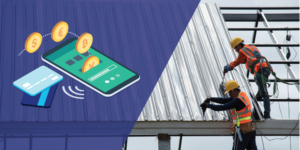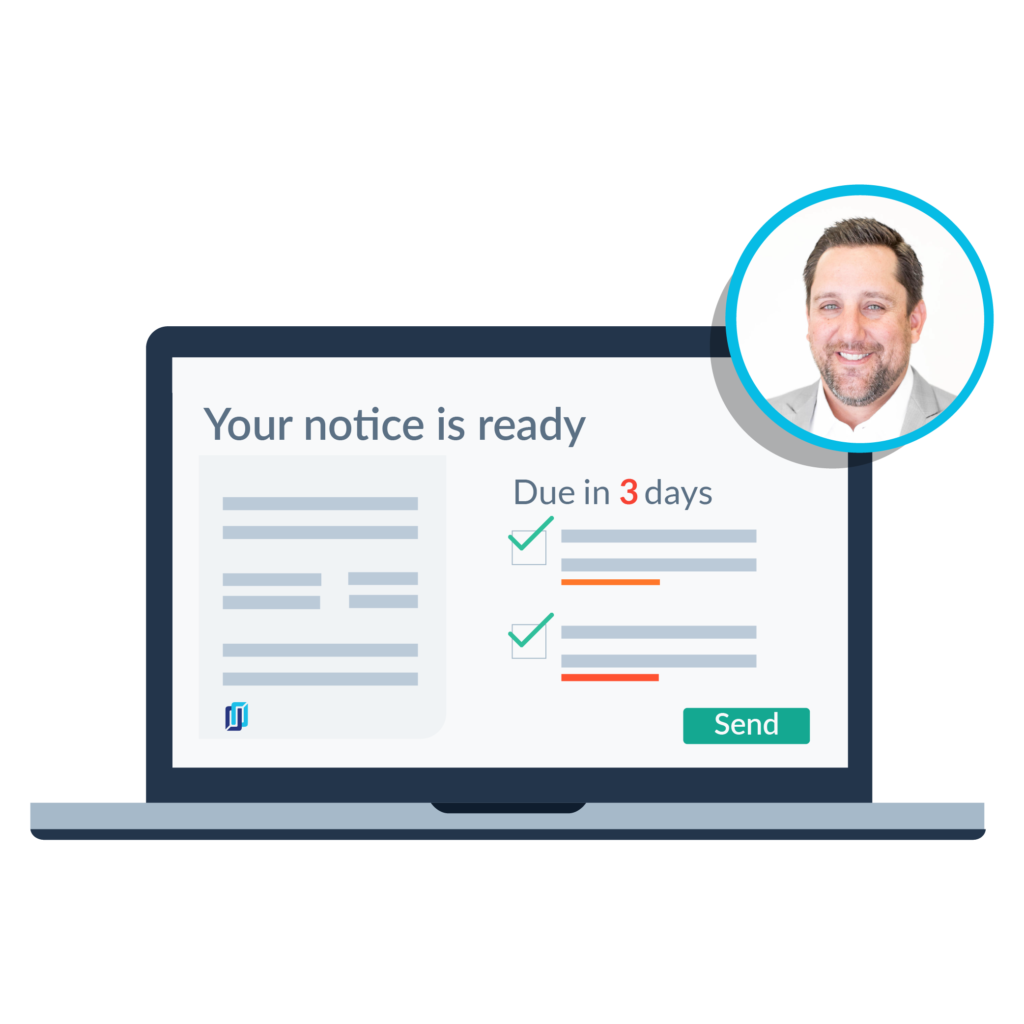
The construction industry can be pretty reluctant to change. Old-school management prefers to keep things as they are, as they’ve always been, and as they hope they’ll always be.
But, if there’s one thing hampering the construction industry’s growth and leading to so many of its problems, it’s payment practices. A company can wait for payment an average of 83 days, sometimes even longer. For an industry with such a focus on cash flow, it’s somewhat astonishing that it settles for this.
Something needs to change.
Transitioning to electronics and digital payments is part of the answer. If you’re tired of waiting to get paid but aren’t accepting electronic payments, this article is for you. You’ll learn how moving to electronic payments, credit cards, and other digital-age payment platforms can help your company grow.
Read more: 13 Fintech Companies Transforming Construction Finance
The advantages of digital and electronic payments
If you’ve made it this far in a construction-related article about change, you’re at least open-minded. That’s a good thing, as digital and electronic payments have plenty of merit and benefits that you should learn about.
Electronic payments improve cash flow
Construction is all about cash flow. As long as there’s more money coming in than going out, you can live to fight another day. Electronic payments are all about improving that cash flow.
General contractors love to control the flow of cash through the payment chain. They like to shore up their bottom line before they worry about doling out payments. Electronic payments allow them to make these payments with credit cards or lines of credit, while still holding onto the cash in their account. If your company can receive electronic payments, you stand to get paid a lot sooner.
The same principle applies to your company. If you’re concerned about remaining as liquid as possible, digital payments can help. The ability to pay vendors and subs via electronic credit accounts allows you to hold onto your cash until the bill comes due. In some cases, this can be more than a month.
Digital payment helps speed up compliance documents
You should also consider moving your accounts receivable and accounts payable management to a digital platform. Many construction management platforms can help speed the payment process up by sending important compliance documents in real-time.
The ability to send lien waivers along with payment can really speed up the payment process. Many software programs will create a digital check and lien waiver at the same time, prepopulating the lien waiver with the appropriate information. Sending this payment and waiver digitally allows the sub to get paid while instantly removing the risk of a lien for the owner.
There’s no more “pay me first” or “sign this first” mentality. Everything transfers instantly. Everyone wins.
Win more projects
More and more homeowners are expecting their contractors to accept electronic payments. In fact, Pulled Inc. is a homeowner-centric app that allows the homeowner to build their network of contractors, managing payments quickly and accurately. They’re also able to share their contractors with friends and family, taking the digital approach to word-of-mouth.
Moving to a digital platform can help you win more work. If you’re able to meet your customers’ digital needs, you could have an entire network of homeowners knocking on your digital door for work.
Increase your financial security
Moving to digital payments provides construction businesses a bit of extra security that paper checks simply cannot match. While it’s true that there’s always the potential for trouble, electronic payment processors use plenty of safeguards to protect your and your customers’ data. These secure networks allow payments to move from business to business, always under the watchful eyes of expert fraud teams.
Plus, most credit card companies have their own fraud teams that will protect your data. They also provide an avenue for disputing any potential issues that could arise.
Can you say the same thing about a paper check?
Increase transparency with electronic payments
While it might seem that paper and ink are about as transparent as it gets, that’s simply not the truth. Once a contractor cuts a check to pay a sub or supplier, they have no idea when that payment will hit their account. It depends on when the sub can get to the bank and deposit it and when the bank can post it. If there’s a holiday in the middle, all bets are off.
Electronic payments can also do away with “the check’s in the mail” and similar excuses. Digital payment platforms will alert you instantly to a payment. If you haven’t received an alert, the contractor hasn’t paid you yet. It’s as simple as that.
These platforms are so transparent that you can use your phone to check statuses at any time. Mobile apps make checking on payments, invoices, and balances easy from anywhere you have reception.
Moving your construction business to digital payments
If you’re the first contractor in your network to move toward electronic payments, it can seem a bit overwhelming. Don’t worry. With a few tips, transitioning to a digital payment system won’t be as painful as it might seem.
1. Find a software program
The first step in moving to electronic payments is finding a software program to integrate with your construction accounting, including accounts payable and receivable. Many of these software programs can tie directly to bank accounts, allowing you to send and receive payments electronically and in real-time.
Unfortunately, this will probably mean abandoning your old accounting software. But moving to construction-focused software can pay off quickly.
Levelset has integrations with Quickbooks, RedTeam, and other popular software to help you seamlessly send lien waivers, track deadlines, and manage your accounts receivable with ease.
2. Train your customers and vendors
As the first in your crowd, you’ll have to sing the praises of electronic payments to your customers and vendors. In general, both will be more than happy to accept and send electronic payments, but they might not know how.
Be patient if you aren’t receiving instant responses from your digital invoices. Old-school construction personnel won’t think to check their email for invoices or alerts. It might require some hand-holding in the beginning.
Once your network starts to catch on, electronic payments will take off in your area.
3. Start slow
You can’t just abandon paper checks altogether. The reality is you won’t be able to get your entire network of subs, customers, and suppliers to jump instantly on board with digital payment platforms.
Retaining the ability to write and accept paper checks will help shore up your accounts as you transition to a near-fully electronic payment process.
Digital payment options for construction
There are a few different routes you can go down for accepting electronic payments and shirking paper checks. Beware, though, that many of these options do include transaction fees. You’ll have to do your own research to decide which will work best for your company.
- Direct deposits (ACH) and wire transfers are useful for sending cash electronically from one bank account to another.
- Accepting credit card payments can be very fast. Many accounting programs do provide credit card processing as a service, so check with your software provider.
- Sending and receiving payments through peer-to-peer (P2P) programs like PayPal and Venmo can provide instant access to cash.
Levelset’s platform also has the ability to accept electronic payments on your behalf. When you file a lien or send a notice of intent to lien, your customer has the option to pay the outstanding balance electronically.
Payment speed depends on more than technology
Digital payments in construction can certainly cut the amount of time it takes to get paid for your projects, but they’re not the only answer. In fact, if you don’t protect your lien rights, there’s a chance electronic payments won’t make a difference at all.
Don’t disarm your digital invoices and bills by ignoring your right to a mechanics lien. Sending a preliminary notice to your customers can protect your lien rights. It also helps them understand that you know your rights to payment. This notice tells them to play by the rules, or you’re prepared to file a lien to get paid.

Discover how a growing electrical contractor in California uses lien rights software to send notices more efficiently.